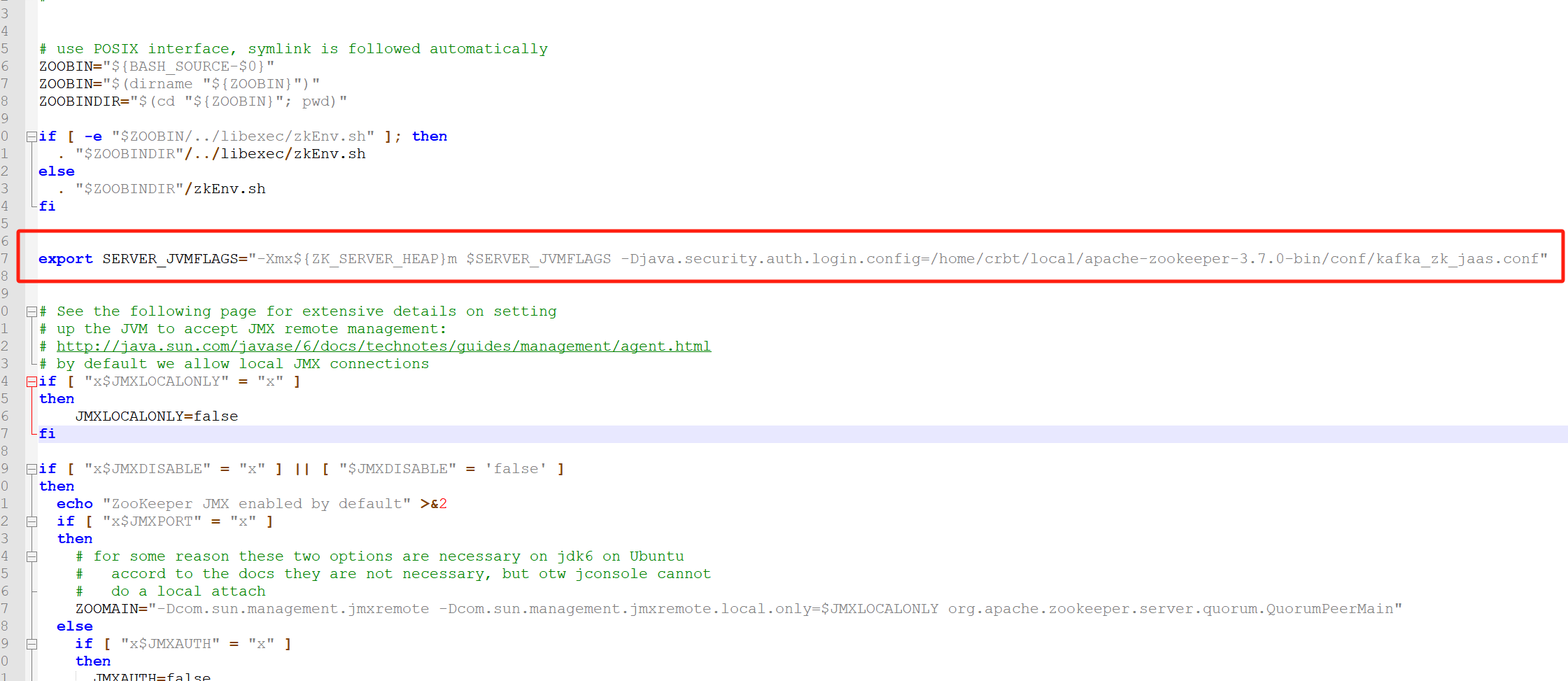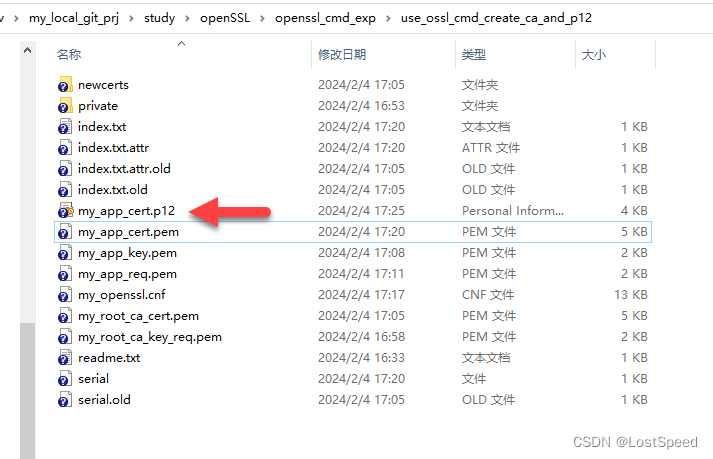1.OpenSSL简介
OpenSSL库是由C语言实现,整个软件包大概可以分成三个主要的功能部分:密码算法库、SSL协议库以及应用程序。OpenSSL是目前主流的基于密码学的安全开发包,提供的功能相当强大和全面,包括了主要的密码算法、常用的密钥和证书封装管理功能以及SSL协议,并提供了丰富的应用程序供测试或其它目的使用。
OpenSSL库具有以下优点:1.功能全面,支持大部分主流密码算法、相关标准协议和SSL协议;2.开放源代码,可信任,能根据自己需要进行修改,对技术人员有借鉴和研究的价值;3.具备应用程序,既能直接使用,也可方便地进行二次开发;4.免费,也可用作非商业用途;5.应用广泛且持续更新
2.使用 EVP 库实现 DES 和 AES 加密
Openssl EVP(high–level cryptographic functions) 提供了丰富的密码学中的各种函数,包括各种对称算法、摘要算法以及签名/验签算法。下面重点学习使用 DES 和 AES 两种对称加密算法。
在使用 EVP 库进行对称加密时,通常需要创建一个EVP_CIPHER_CTX 结构体对象,并通过一系列函数对其进行初始化、配置,最终进行加密操作。常用的 EVP_CIPHER_CTX 结构体初始化函数为 EVP_CIPHER_CTX_new() 和 EVP_CIPHER_CTX_init()。
EVP_CIPHER_CTX_new() 函数在堆上为 EVP_CIPHER_CTX 结构体分配内存空间,并将其所有成员变量初始化为 0;EVP_CIPHER_CTX_init() 函数则用于初始化 EVP_CIPHER_CTX结构体对象的成员变量。
在加密操作完成后,需要通过调用 EVP_CIPHER_CTX_cleanup 函数释放 EVP_CIPHER_CTX结构体对象的内存空间,以免内存泄漏。下面为EVP库的初始化代码:
EVP_EncryptUpdate 函数参数详解
在 DES 加密中,常见的 EVP_CIPHER 对象的类型有 EVP_des_ecb(),进行一次 des 的 ecb 模式加密;EVP_des_cbc()、EVP_des_ede3_cbc()。
在 AES 加密中,常见的 EVP_CIPHER 对象类型有:








